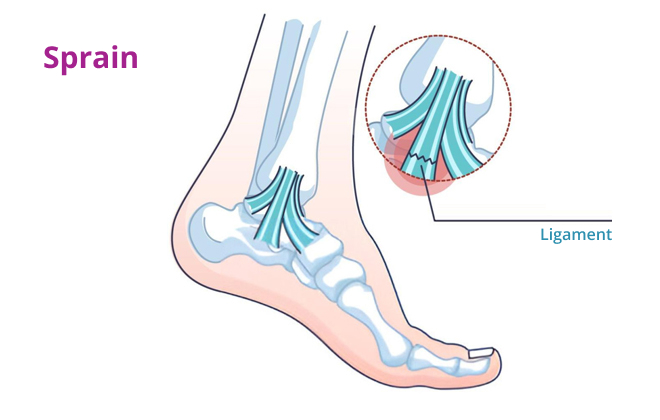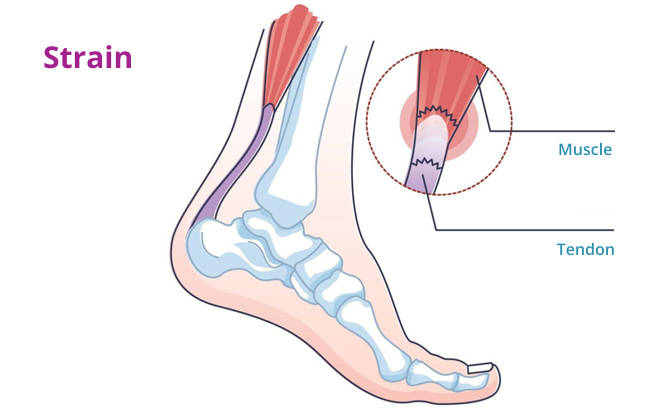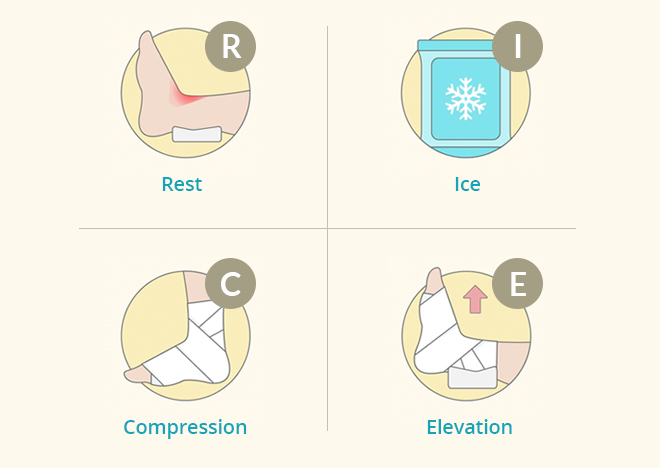


In the routine rhythm of our daily lives, whether we’re engaging in strenuous physical activity, enjoying recreational sports, or simply navigating uneven pavement, injuries to our musculoskeletal system are remarkably common. Among the most frequently encountered are sprains and strains, two terms often used interchangeably due to their overlapping symptoms of pain, swelling, and reduced function.
However, a precise understanding of the difference between strain and sprain is absolutely crucial, as this distinction directs the most appropriate treatment strategies and dictates the path to effective recovery. These types of soft tissue injuries can vary significantly in their severity, ranging from minor, temporary discomfort to severe incapacitation that profoundly impacts an individual’s mobility and overall quality of life.
This article aims to comprehensively clarify their exact definitions, delve into their common underlying causes, provide essential guidance on immediate first aid for sprains and strains, help differentiate between sprains and strains and ultimately offer practical, actionable advice for preventing these common yet disruptive ailments.
The core difference between strain and sprain lies in the type of tissue damaged.

A sprain is the stretching or tearing of a ligament – tough, fibrous bands connecting bones to other bones, stabilising joints. Common sites include the ankle, knee, and wrist. Sprains are graded:

Conversely, what is a strain? A strain is the stretching or tearing of a muscle or tendon (fibrous cords connecting muscles to bones). Strains frequently occur in large muscle groups like hamstrings, quadriceps, back, and neck, especially during sudden forceful contractions. Strains are also graded:
Both injuries happen when soft tissue is forced beyond its normal range of motion or subjected to excessive force.
The severity (grade) of the injury, not its type, determines whether which is worse, sprain vs strain. A Grade 3 injury, whether a sprain or strain (complete tear), is always the most severe, often requiring medical intervention, prolonged immobilisation, and possibly surgery. Both can be equally debilitating. However, ligament tears (severe sprains) may have a longer, more complex recovery due to ligaments’ generally poorer blood supply and slower healing.

Immediate first aid for sprains and strains is crucial to minimise swelling, pain, and further damage. The universally recommended R.I.C.E. protocol is followed:
Over-the-counter pain relievers like paracetamol or ibuprofen can help manage discomfort.
Ongoing strain vs sprain treatment varies by severity:
Knowing when to worry about a sprained ankle or any suspected sprain/strain is vital. Seek professional medical attention if:
For a sprained ankle, specifically, if you cannot take four steps without severe pain immediately after the injury, get it checked by a doctor to rule out a fracture.
Preventing sprains and strains involves several strategies:
Sprains and strains are common, yet distinct, soft tissue injuries. Understanding the difference between strain and sprain – ligaments versus muscles/tendons – is crucial for effective strain vs sprain treatment. While initial first aid for sprains and strains uses the RICE protocol, further treatment depends on severity. Knowing when to worry about a sprained ankle or other injuries and seeking timely medical advice prevents complications. Ultimately, a proactive approach incorporating proper physical preparation, cautious technique, and attentive self-awareness is the best defence against these common ailments, ensuring you stay active and injury-free.
Sources:
Spread the love, follow us on our social media channels